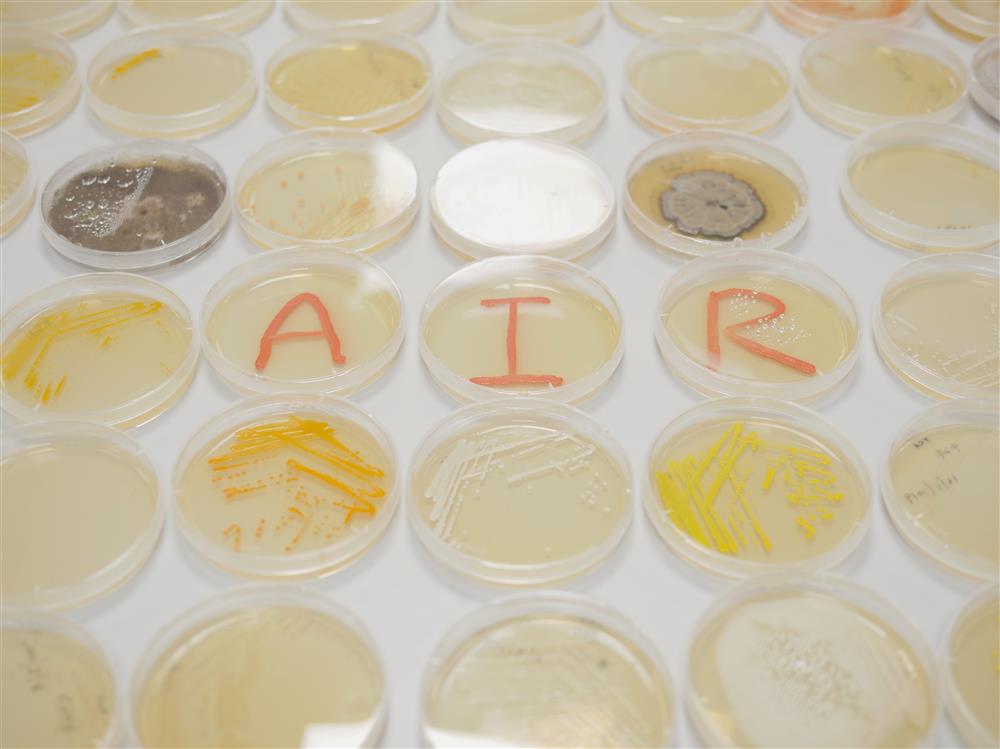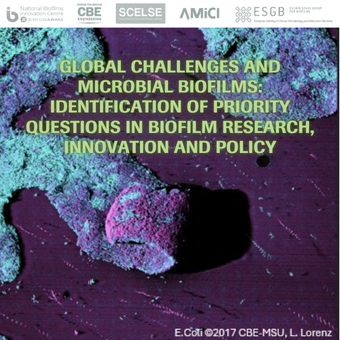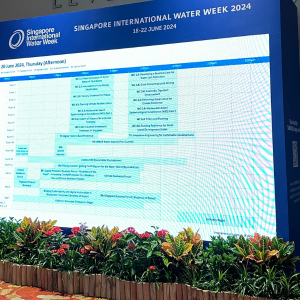
Photo: SCELSE
- Featured
- 23 May 2020
The doors remain closed for now during the country’s “circuit breaker” period to break up potential waves of local SARS-CoV-2 infection, but the work to uncover more about the fast-spreading disease had already started at SCELSE prior to that.
Sweeping the air and surfaces
The ‘new normal’ for the world post-COVID has yet to be ascertained. How we move, gather, work and live in the months to come may continue to evolve as the world continues to be wary of transmission possibilities.
One project from SCELSE that has since resulted in a pre-print set out to understand patterns of environmental contamination of SARS-CoV-2. Led by deputy centre director and research director (Meta-‘omics & Microbiomes) Prof. Stephan Schuster, the project tackles possible transmission routes of SARS-CoV-2 that could provide some answers in planning outbreak control interventions.
Samples were collected from the air and high-touch surfaces surrounding hospitalised COVID-19 patients in different stages of the infection, including ventilators, bed rails, bedside lockers.
The results showed that the presence of environmental surface contamination and SARS-CoV-2 in the air seemed to be highest during the patients’ first week of illness and correlate with the day of illness and nasopharyngeal viral loads of the patients. But with the city going into the “circuit breaker” phase by April, this work for most part, has ceased.
Looking for transmission possibilities in the environment is not sufficient. Another set of COVID-19 work involving SCELSE centres around investigating people’s susceptibility to the virus. Currently a pre-print, the study tracks a human population genome-based analysis that looks at correlations between human angiotensin-converting enzyme2 (ACE2) variations and host susceptibility to the virus.
With SARS-CoV-2, the viral spike (S) coat protein interacts with the human ACE2 cell surface protein to gain entry to the host cell. The researchers set out to identify ACE2 protein-altering variations predicted to affect virus-host interaction, and thereby host susceptibility. Multiple genomic databases were used, including the whole-genome sequencing reference data set from the GenomeAsia100K project.
Surveying for a virus in other locales
SCELSE researchers have also taken their expertise on board COVID-19 projects outside of Asia. After all, the virus knows no borders. In particular, the pandemic is bringing the wastewater epidemiology work of A/Prof Janelle Thompson into sharper focus.
As such an approach for SARS-CoV-2 detection may be able to detect the presence of pathogens across different areas and prevalence of the disease, it is particularly useful when the capacity for individual testing is limited. Results could also inform further public health intervention strategies.
“We are looking at wastewater to understand when and where outbreaks of diseases like COVID-19 occur and how widespread they are in the population,” says A/Prof. Thompson, who is part of a consortium that is looking to apply this to SARS-CoV-2 detection to wastewater in cities in the USA and Singapore.
Her wastewater surveillance work in Boston (now in a preprint) has found the presence of SARS-CoV-2 at high titers in wastewater collected from an urban treatment facility in Massachusetts. This study is in pre-print as well. A/Prof Thompson is also currently leading a newly funded NRF Intra-CREATE project on wastewater epidemiology with a co-lead from MIT and including collaborators from Singapore-MIT Alliance for Research and Technology Centre (SMART), NUS, Duke-NUS and the National Environment Agency’s (NEA) Environmental Health Institute.
LINKS:
- Chia, P.Y., et al. Detection of Air and Surface Contamination by Severe Acute Respiratory Syndrome Coronavirus 2 (SARS-CoV-2) in Hospital Rooms of Infected Patients. medRxiv (2020). DOI: 10.1101/2020.03.29.20046557
- Stawiski, E.W., et al. Human ACE 2 receptor polymorphisms predict SARS-CoV-2 susceptibility. BioRxiv (2020). DOI: 10.1101/2020.04.07.024752
- Wu, F., et al. SARS-CoV-2 titers in wastewater are higher than expected from clinically confirmed cases. medRxiv (2020). DOI: 10.1101/2020.04.05.20051540










